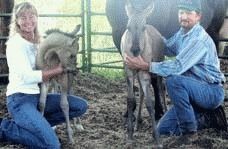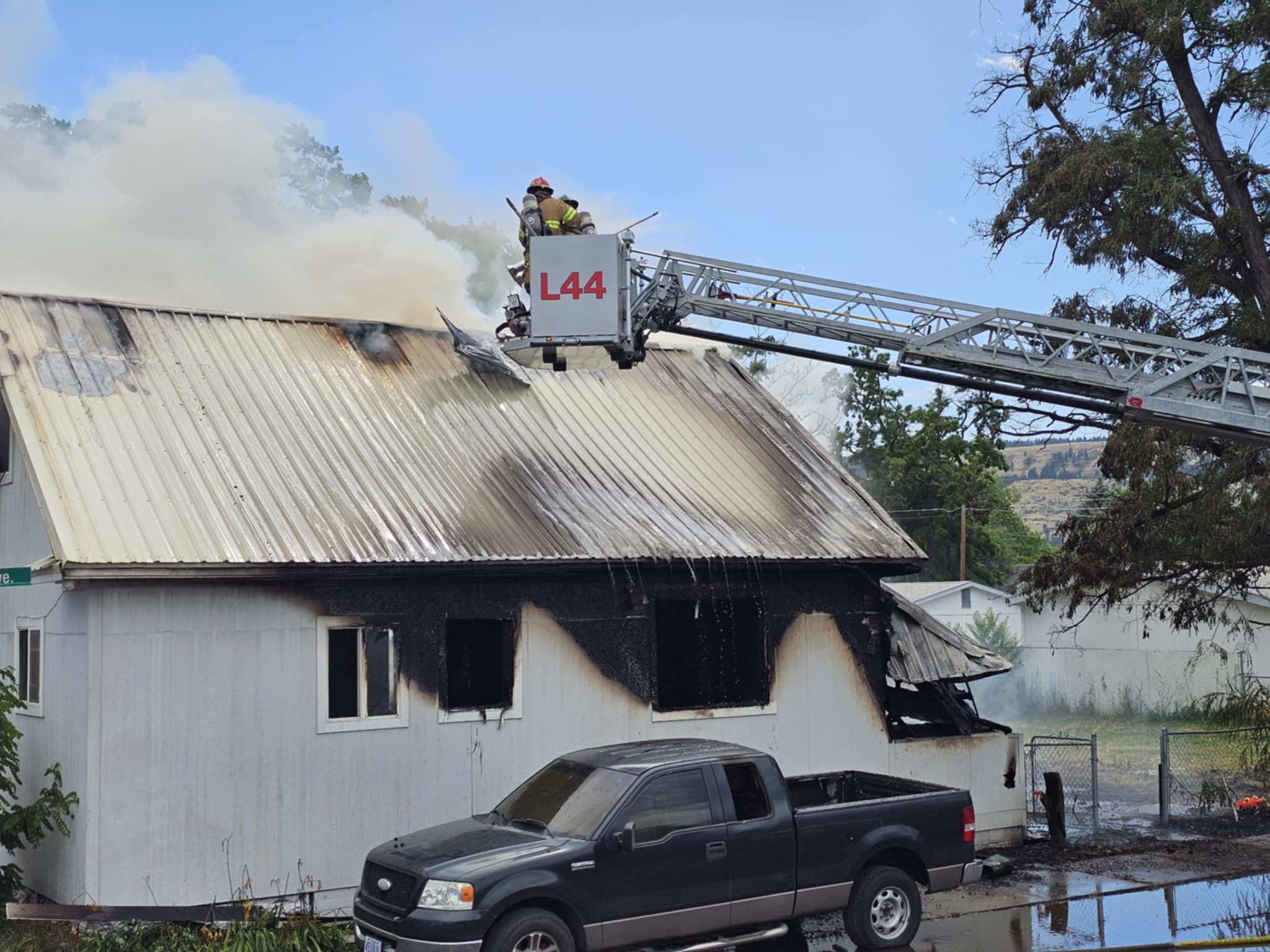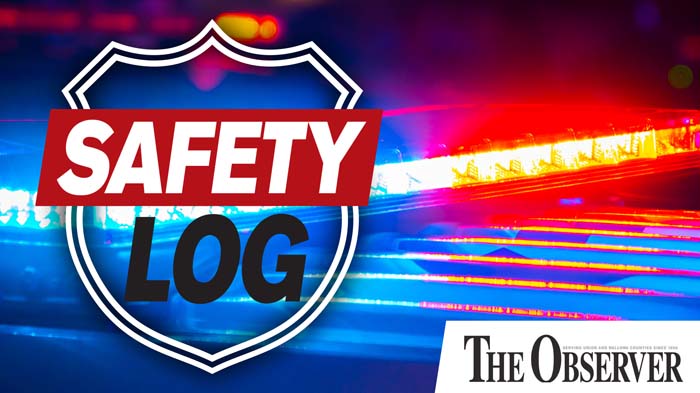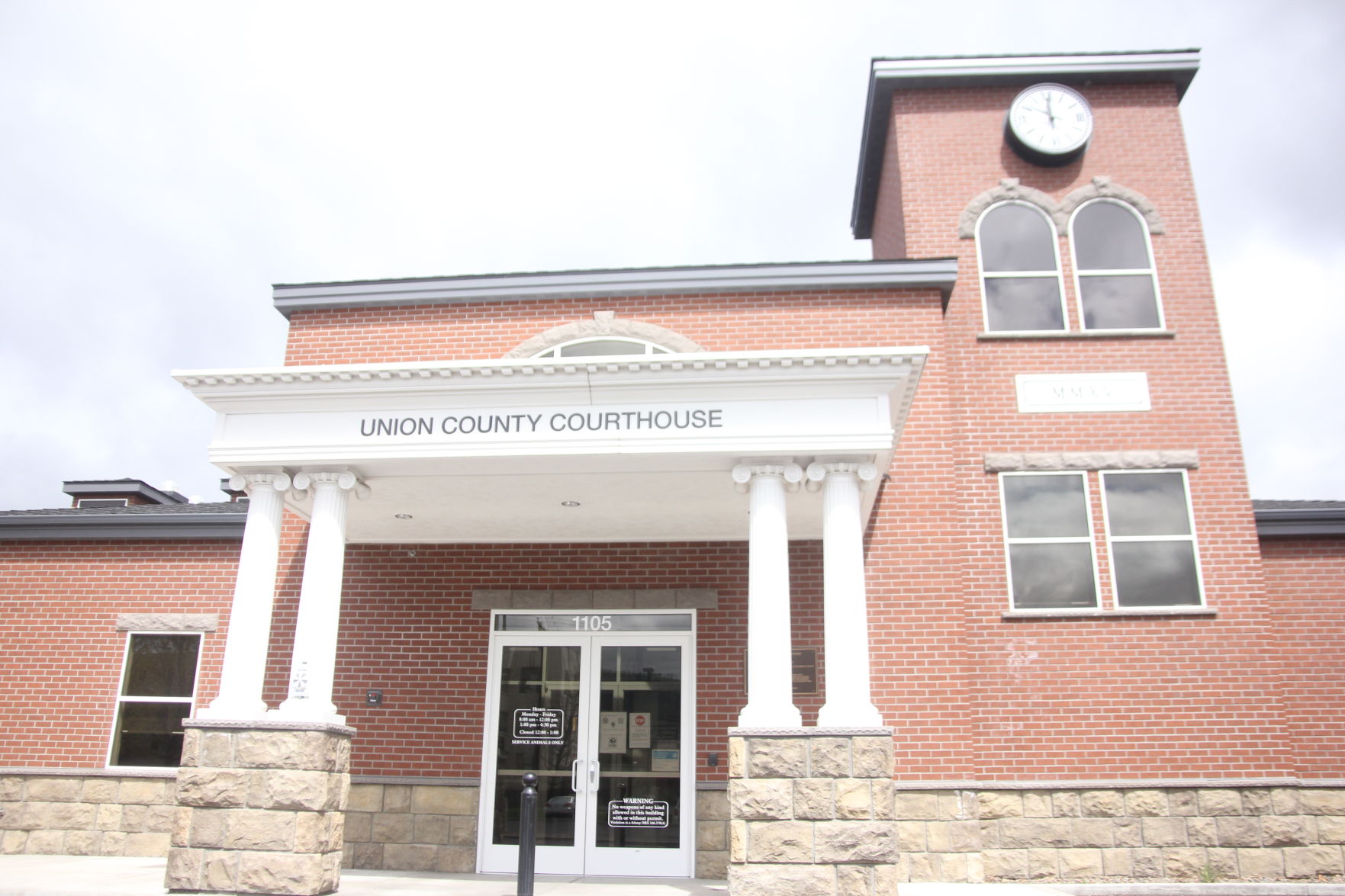FILLY FAIRY TALE
Published 12:00 am Monday, July 5, 2004

- Tim and Darcy McMillen of Imbler hold Dawn and Ditto, grulla fillies. ().
By Mardi Ford
Staff Writer
Miracles do happen.
Sometime before dawn on the 27th day of May, Callie, a 19-year-old seal brown mare, lay down to foal. Nothing unusual there the normal, expected course of things on a horse ranch in the spring.
But the unexpected came when Callie had finished her labor in the form of twins two little grulla fillies named Dawn and Ditto.
Darcy McMillen, who, along with husband Tim, owns Callie and the Dun City Quarter Horses ranch, remembers the morning well.
"The first one was born right at dawn," she recalls, thus the name Dawn. "I went back to check and make sure she’d delivered the placenta, and there came another one almost identical, just a little smaller." Thus the name Ditto.
Darcy’s smile breaks wide open reliving what she calls the surprise of her lifetime.
"And there were two separate sacs," she says, adding, "these are paternal twins."
She says although Callie had two ultrasounds one early on just to confirm pregnancy neither one gave any indication there was more than one baby. In fact, the second ultrasound was conducted later on during Callie’s 11-month gestation because "she was getting so big," Darcy explains, "I was worried she might be carrying twins."
Darcy’s mother, Marilyn Winburn, has her own philosophy on why the tests did not reveal a second foal.
"She told me, ‘God hid that second one down in her belly so you wouldn’t lose sleep,’" Darcy recalls, laughing and shaking her head.
"She’s right. I would have been nervous and horses can sense that. So it was better for both of us we didn’t know," she says.
Darcy said when she called her vet, Dr. Terry McCoy, right after Ditto was born he asked her if both fillies appeared healthy.
"Yes," she answered him in amazement, "they seem to be."
Then he asked her if they were both grulla and both sucking. When she again answered "yes" to both questions, Darcy says Dr. McCoy joked, "Then what’d you wake me up for?"
Normally, twins never make it that far.
Darcy says the littlest one, Ditto, came out feistier. Surprisingly, it was the bigger, but more docile Dawn they were worried about for the first few days.
McCoy says the prognosis of both fillies is now good.
"They’re up and strong," he says. "The mother has enough to feed ’em both and they’re growing. It’s pretty awesome."
McCoy says most of the time twins are easily aborted or die soon after delivery. Often, he says, the mother dies, too.
"Live, viable twins with a healthy mother are a pretty neat phenomenon," he says. "Maybe less than one percent? It’s hard to know. It’s just rare."
So rare, in fact, that not even the horse experts can definitively answer in numbers.
"As for healthy twins," said Dr. Donald W. Holtan with the Department of Animal Sciences at Oregon State University, "there are so few that I know of no reliable statistics."
Numbers "often quoted," Holtan said, record that 0.1 percent of all births are healthy twins. Twinning rate is a bit higher, he added, "maybe 0.5 percent, but usually with one or both foals not normal."
"I do know that twins are not usually a happy story in horses," agreed Roberta Garnett with the National Foundation Quarter Horse Association in Joseph, who declined to even guess at numbers.
"I’ve only known of a few that both twins lived," she stated.
Darcy McMillen says normally they don’t get any of traffic by their ranch on Gray’s Corner Road, but last month the new babies were stopping traffic. As the word spread, people come out to see the little miracle, many asking for permission to take their picture.
Dawn and Ditto, although a little small, are beautifully normal. They have been called a "miracle," a "phenomenon" and a "special blessing."
Tim and Darcy couldn’t be more proud. At almost five weeks now, the McMillens are thanking their lucky stars that both grulla fillies are healthy and growing.









